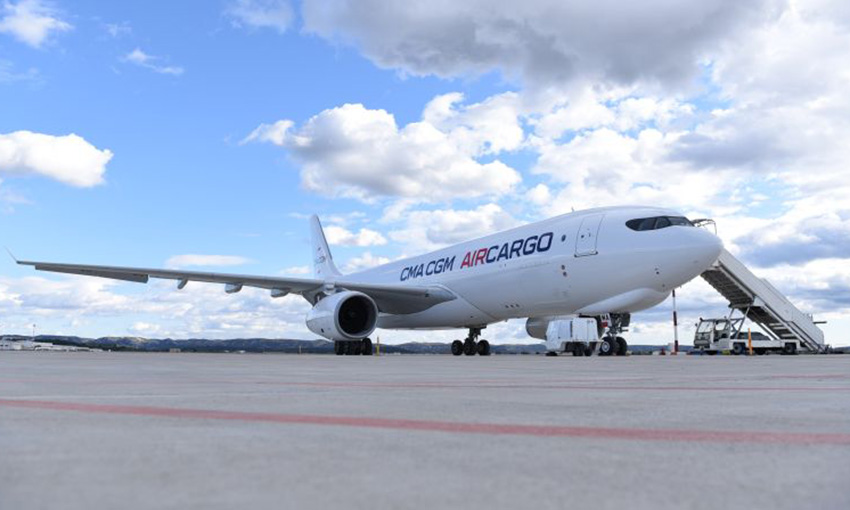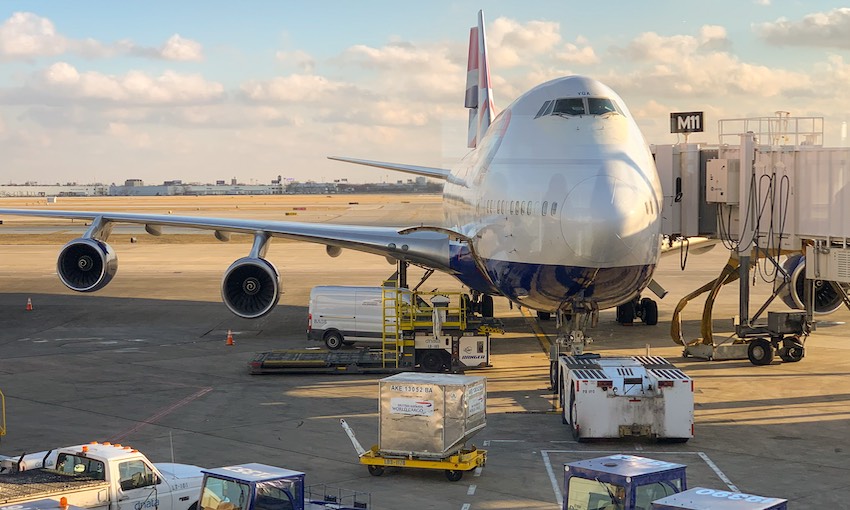THE INTERNATIONAL Air Transport Association has reported an increase in air cargo demand in September.
IATA said the increase shows that demand is continuing to recover in global air cargo markets.
Global demand, measured in cargo tonne-kilometres, increased by 1.9% compared with September 2022 levels.
Capacity, measured in available cargo tonne-kilometres, was up 12.1% compared with September 2022.
IATA said growth was largely related to international belly capacity which rose 31.5% year-on-year as airlines scaled up operations to meet peak-northern summer travel season demand.
The association noted global cross-border trade contracted for the fifth month in a row in August, decreasing 3.8% year-on-year, reflecting the cooling global macroeconomic environment.
And the average price of jet fuel was US$131 per barrel in September, marking a 43.1% increase from the May 2023 price.
Recouping some of the added cost from surcharges in September contributed to the first increase in air cargo yields since November 2022.
“Air cargo eked out modest growth (1.9%) in September despite falling trade volumes and high jet fuel prices,” IATA director general Willie Walsh said.
“That clearly shows the strength of air cargo’s value proposition.
“With the key export order and manufacturing PMIs hovering near positive territory, we can be cautiously optimistic for a strong year-end peak season.”
Asia-Pacific airlines saw air cargo volumes increase by 7.7% in September 2023 compared with the same month in 2022.
IATA said this was a significant improvement in performance compared to August, up 4.6%. Carriers in the region benefited from growth on Europe-Asia, Middle East-Asia and Africa-Asia trade lanes.
Available capacity for the region’s airlines increased by 30.5% compared with September 2022 as more belly capacity came online from the passenger side of the business.
North American carriers had the weakest performance in September, with a 2.2% decrease in cargo volumes. This was a 1.4% decline in performance compared to August. Capacity increased moderately by 0.2% compared with September 2022.
European carriers saw their air cargo volumes decline by 1.5% in September compared to the same month in 2022.
Carriers in the region suffered from further contractions in the within Europe market. Gains made from the expansion in the Middle East-Europe trade lane offset some declines from the within Europe performance. Capacity increased 4.7% in September 2023 compared with 2022.
Middle Eastern carriers had the strongest performance in September 2023, with a 2.5% year-on-year increase in cargo volumes. Carriers in the region benefited from growth in the Middle East-Asia and Middle East–Europe markets. Capacity increased 16.1% compared to September 2022.
Latin American carriers experienced a 2.3% increase in cargo volumes compared to September 2022. This was a 6.2% decrease in performance compared to the previous month. Capacity in September was up 14.4% compared with the same month in 2022.
And African airlines saw their air cargo volumes decline by 0.1% in September 2023, despite strong growth of demand on the Africa-Asia trade lane. Capacity was 2.7% above September 2022 levels.





